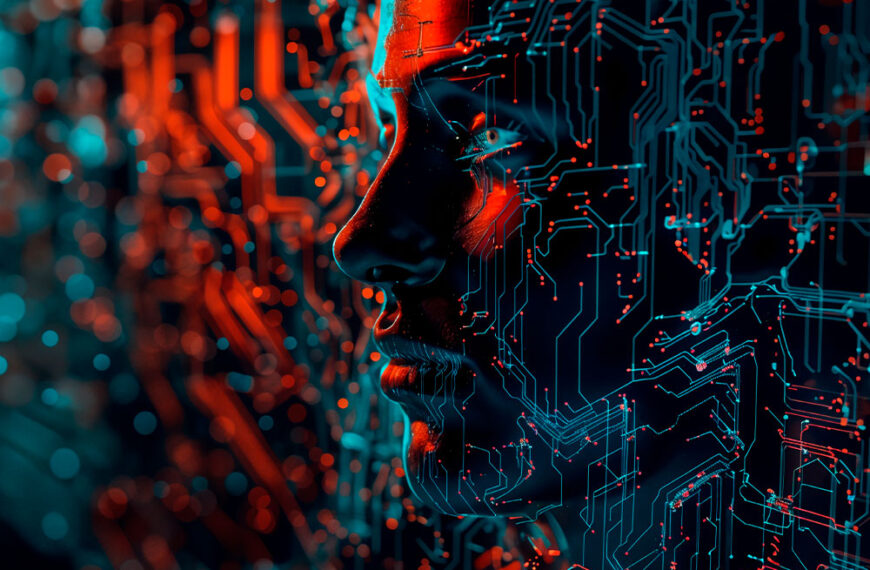Generative AI—the branch of artificial intelligence that creates new content, from text and images to audio and code—has captured global attention for its creative potential and practical applications. This evergreen guide explores what generative AI is, how it works, key use cases, best practices for adoption, ethical considerations, and steps to get started.
1. What Is Generative AI?
Generative AI refers to models trained to produce original content by learning patterns in existing data. Unlike discriminative models that classify or predict, generative models generate new outputs in the style of their training data. Two predominant approaches are:
- Generative Adversarial Networks (GANs): Consist of a “generator” that creates samples and a “discriminator” that evaluates them, training each other in a competitive loop.
- Autoregressive and Transformer Models: Predict the next element in a sequence (word, pixel, or sound wave) based on preceding context; GPT and DALL·E are prime examples.
2. How Generative Models Work
- Data Collection & Preprocessing
- Large, diverse datasets (e.g., text corpora, image libraries) are cleaned and formatted.
- Model Architecture
- GANs: Two networks trained simultaneously—one generates, the other critiques.
- Transformers: Self-attention mechanisms allow models to weigh relationships across an entire sequence.
- Training & Fine-Tuning
- Models are first pretrained on broad data, then optionally fine-tuned on specialized datasets for domain-specific tasks.
- Inference & Sampling
- During generation, techniques like temperature scaling or top-k/top-p sampling control creativity versus coherence.
3. Key Applications
- Text Generation: Automated report writing, marketing copy, code synthesis, chatbots, and story creation.
- Image & Video Synthesis: Digital art, product mockups, virtual environments, and even deepfake detection tools.
- Audio & Music Production: Voice cloning, podcast editing assistants, and AI-composed soundtracks.
- Design & Prototyping: Rapid generation of UI mockups, architectural renderings, and fashion concepts.
Generative AI accelerates creative workflows and reduces time to prototype, making it invaluable across industries.
4. Best Practices for Adoption
- Define Clear Use Cases: Start with narrow, well-scoped tasks—e.g., drafting email templates or generating product images—before expanding to broader initiatives.
- Human-in-the-Loop: Always review and refine AI outputs; AI should augment human creativity, not replace judgment.
- Data Quality & Diversity: Ensure training and fine-tuning datasets are representative to avoid biased or repetitive outputs.
- Performance Monitoring: Track metrics like output novelty, relevance, and error rates; retrain or update models as needed.
5. Ethical and Practical Considerations
- Bias & Fairness: Generative AI can amplify societal biases present in training data. Regular audits and bias-mitigation techniques are essential.
- Intellectual Property: Generated content may inadvertently resemble copyrighted works. Establish clear policies and use watermarking or provenance tracking where possible.
- Misinformation & Deepfakes: Malicious actors can misuse generative tools. Develop detection frameworks and educate end users on verification.
- Transparency: Disclose the use of AI in generated content to maintain trust and comply with emerging regulations.
6. The Road Ahead
- Multimodal Models: The next wave will seamlessly generate across text, image, audio, and video in a unified framework.
- Smaller, Efficient Models: Advances in model compression and distillation will bring generative AI to edge devices and real-time applications.
- Interactive Creativity Tools: Expect AI collaborators that refine outputs through iterative, conversational interfaces.
- Regulatory Frameworks: Governments and industry bodies are formulating guidelines to balance innovation with safety and ethical use.
7. Getting Started
- Experiment with Prebuilt Platforms: Try services like OpenAI’s ChatGPT or Stable Diffusion web interfaces to understand core capabilities.
- Explore Open-Source Libraries: Leverage Hugging Face Transformers or TensorFlow/Keras demos for hands-on model training and fine-tuning.
- Join Community Forums: Engage with developer and creator communities to share prompts, best practices, and ethical guidelines.
- Pilot Small Projects: Identify a repetitive or labor-intensive task in your workflow to automate with generative AI, then measure impact and iterate.
Conclusion
Generative AI stands at the frontier of creative and productive possibilities. By understanding its mechanisms, adopting responsible practices, and staying informed about emerging technologies and policies, you can harness its power to innovate, inspire, and transform your work—now and in the years to come.












